Big Leather Brands Suck!
Tanner Leatherstein explains what he doesn’t like about big luxury brands and why people should start supporting small leather craftsmen. In this video, we’ll answer the following questions:
- What is Tanner’s intention in creating this show?
- What led him to create PEGAI?
- What do small craftsmen do that are better than what luxury brands do?
Video Format
Audio Format
TRANSCRIPTION / WRITTEN ARTICLE
Hello, everyone! Welcome to the Leathertainment podcast show. In this episode, we’ll call it the “Big Leather Brands Suck.” I’m going to explain to you why and how.
About five to six years ago, I was getting into a new consulting job in the corporate world for the first time in my life. I’ve never had a corporate job, yet. I’ve never been in a job that wasn’t for me. I thought, “I need a nice leather bag this time.” I thought it would be an easy thing to find when you go out into the market. So, I started my search. I stopped by every major brand and store that I can think of. I was living in Chicago so I had access to all kinds of stores on Michigan Avenue. I entered everything.
Well, the problem was I couldn’t find one single leather bag that was pleasing to me as a person who’s coming from the tannery side of the leather. I’m not looking for an expensive and status-representing leather brand. I’m looking for a real, authentic, and good leather bag. To my surprise, it took me about two to three months to realize that it was not out there. It’s not at least made by the big brands, and I’ve been thinking about it at that point. Why is it? These brands become so big. They need to have some good leather, so how did they become so big if they don’t have good leather?
I started contemplating the idea and kind of come to the realization that the big brands are so big that they have to take in leather and standardize it so that every item they make looks similar to each other, so they can sell it around the world in the thousands of stores that they have. One item needs to look like the other one. But to be able to do that with leather, you need to take the character out of it and refinish the surface, covering it with a plastic layer to achieve that kind of standard look. Because leather is a non-standard material, it’s a natural object like how every person’s skin looks different. It represents the life marks, diseases, allergies, cuts, scars, and everything we’ve lived through. Animals are just the same. So finding that standard leather is not possible at big scales.
The only way you can do this is if you’re working with small batches. If you’re working as a small craftsman or brand and you don’t need tens of thousands of leather to make one single item, then you can get a batch of leather from the tannery with minimal finishes. Everything is preserved and finished respectfully. Then, it might be possible.
But at that point, I wasn’t aware that small craftsmen can do this part. I was just very shocked that I wasn’t able to find anything good in the big brands' space. And then, I thought of one of the other experiences in my life. A couple of years prior to this one, which was during a trip to South Africa, during my MBA program at the University of Illinois, we went to Cape Town and went to a little farmer’s market. We were just browsing the local vendors there and I stopped by a booth, a leather shop that claimed to be a local craftsman and brand. And I saw gorgeous duffle bags and messenger bags that this guy was making. It was a good price. At that point, I was looking for a nice travel bag as well but was not able to find a good one until that point.
I grabbed two bags from that guy. I got a backpack and a duffle bag. Now, two years later, I can’t find something similar to the satisfaction level to my liking in the bigger brands. I kind of merged two of these experiences and thought, “probably that’s the nature of leather. It’s a non-standard material that big brands need to take and standardize so they can keep up that level of production at the standardization levels they need to sustain their brands and profits."
On the other hand, small craftsmen have much more luxury and flexibility in the space. They can grab whichever leather they like because they don’t need so much. They can find it without any problems. So that gave me this idea of small craftsmen doing much better jobs than bigger brands in the leather space, yet they don’t get the recognition (probably not even the fair price) for their work either because now, it becomes a subject of marketing, budgets, and capabilities. What these big brands do is take that standardized leather and put it in front of you through the thousands of stores that they have and put millions of dollars of marketing budget behind it and yell at you how good it is, which is in fact, not the truth. On the other hand, the small craftsmen, which do the respectful justice work to the leather, don’t have these budgets and avenues to come in front of you as a provider. They’re just buried under the stack. It really bothers me and disturbs me so much.
Again, about a year after this consulting job, I quit my job because I just didn’t fit in the corporate world. I wanted to do something with my hand and do something with leather again. I wanted to become one of those little leather craftsmen. Yet, I didn’t have any involvement with the crafting side of the leather. I was coming from the tannery. I know leather really well but I don’t know how to make a design or wallet, or how to sew a wallet with it.
Well, YouTube comes to the rescue in these situations these days, as all of you know. I went to YouTube to learn how to design, how to sew, and how to craft leather goods. Thanks to a lot of craftsmen sharing their knowledge on that platform. Then, I created a brand called PEGAI, and we got good responses from our customers. Probably serving the need that I was looking for myself in the first point. They’re looking for leather that has character, not that disconnected nature. You know, scraped out of its character and properties that big brands offer you these days.
So, PEGAI finds success using that kind of approach to leathercrafts. In the past five years that I was involved with PEGAI and crafting leather, I realized there are tens of thousands of people doing similar work or better work than we do at PEGAI. I wanted to turn this resentment or whatever you call it towards the big brands because of censoring the leather, because of abusing your trust and abusing the natural beauty of leather. Yet, they still lie about it saying, “Oh, this is great! You know? This is expensive.”
On the other hand, small craftsmen are making justice to this work, doing much, much better items out of great leather and great leather pieces. And yet, not even able to find good markets for their productions. So, in this episode, I would like to dive deeper into how bigger brands suck, how smaller brands are doing great work, and how we want to start this movement with small craftsmen, brands, and hobbyists against big brands and take over and democratize the leather again so you can find better crafts when you’re shopping for leather goods, and you don’t trust the big brands anymore knowing what they do and how they try to lure you with commercial practices and marketing dollars and all that good stuff.
So, one of the big ways the big brands go is probably they start as a smaller brand anyways in the 30 to 60 years ago. Most of these major fashion houses started like that as a person passionate about something, using all the good materials, and then once they become a brand, once they become so huge, they need so many quantities of the same item then leather becomes a problem which was the item that made them famous at the first place. Then, they’re like, “Okay, how do we do this in millions?”
Well, then the only way to do this in millions with leather is just to take it off, and scrape the entire grain of the leather, as you see here. So, all that blemishes and imperfections go away and then you cover it with a layer of plastic and heavy paints. Then, press a kind of grain-looking pattern on it so that it looks like leather and it’s very clean, very polished. Every single item of the millions they make will look the same. And then you go back, you spend a lot of money on flagship real estate, flagship retail stores, the marketing budgets, the best billboards in the airports, that create the luxury that leather usually stands for. And they go around and say, “Hey, if you’re carrying this brand, this bag is about $2,000 so you’re an accomplished person.”
It now becomes a status symbol brand coming out of the leathercraft aspect of the thing that the brand started in the first place. I have so many examples of these brands. I’m not associated with any of them. At times, I’d buy stuff from them as well to review and use, but it’s definitely not about leather at that point. It’s all standardized and dyed off the leather character. It’s more of a status piece to show off to people. “Hey, look. I’m accomplished. I can afford $2,000 to $4,000 bags and purses from this very expensive brand.” That’s all that they’re doing in the service to their market.
If you’re a brand, if you’re big, it means you’re successful. And it’s only possible if you’re serving a need. They are serving a need and it’s the fulfillment or showing off that status. But the point that bothers me a lot is they stand for being big leather brands. To me, they are not leather brands. They use leather as the base material, and leather is only at the base and then covers the really, really, really good aspects of leather. Then it becomes plastic at that level. They can still use genuine leather because the bottom layer is leather so technically, it’s true. But at that point, for the price you’re paying, that $2,000 is not because it’s great leather, but because you’re buying a status. They don’t really tell you that’s the key. They say, “Well, you know, we make great leather crafts.” I don’t agree with them.
On the other hand, now there are tens of thousands of people interested in leather and leatherwork. I don’t know why. I have a hunch that probably a lot of people are working in front of computers these days in their day jobs. Everything is digital. With the pandemic, we’ve been looking at our screens for about two years now. So, many people want to do something with their hands. They want to get back to that physical side of the action.
I see two very good common outlets. One is woodworking. The other one is leathercraft, which I prefer. I see that interest growing more and more. With the emergence of the platforms like Etsy and Amazon, these people who turn their hobby, their free time, into this leathercraft and leather goods, can easily open a shop and start commercializing and making money out of this awesome crafting experience that they are learning and improving upon every day.
The benefit of these people now is they’re small. They only need one skin. They only need just one batch of leather. And when you’re working at that scale, you have the luxury of picking the best leather you want. You don’t care if it’s standardized. You don’t want it if it’s standardized because the leather is beautiful when you start seeing all the imperfections and all the little characters on it. That’s true artisan leather. These people who are really passionate about leather go seek this leather. They find it and they only work with it. If you give them a piece of leather that those big brands work with it, the things that they call “saffiano leather” and all their fancy names and labels, that’s garbage. They don’t even touch it and spend their valuable time crafting something out of it because it’s not leather. It’s plastic at that point.
So, these guys can find these leather, buy it in small quantities as they require, and if they get bigger, they’re not going to make thousands of it or tens of thousands of it. I know it from PEGAI, from my brand. I can still find leather in any quantities that I need for my customers while keeping that authentic finish level standard very very high, and I don’t need to standardize anything. I can bring the imperfect beauty out of that natural material so the craft we come up with is truly unique. Every single item is different. None of the two wallets we make is identical because one has a scar over here. The other one has a blemish over there. But that’s the beauty of these items. Since they are not finished heavily, there are very transparent layers of finishes on top. It interacts with your touch. It interacts with your use. It ages into more, more, more beautiful pieces with that developing patina as you use it every day.
And I know a lot of people are looking for this without knowing what you’re looking for. You know when you see good leathercraft, you recognize it. You connect to it. In my opinion, we are a product of nature as humans and leather is a product of nature, and we connect to natural things. We connect to that imperfection that we see in nature. We recognize the manmade pattern very quickly, not even consciously. Our brains can recognize it very quickly, and once you catch that why, you’ll be like “Oh, this is too good, too uniform” and then you’ll lose that connection.
Most of us go out there shopping for leather goods. In my experience, when I'm shopping for that leather bag, I’m like, “No, I don’t connect with it. This is not leather. I don’t see the leather. I don’t see the character behind it.” And that’s the key point.
The only problem here is that there are tens of thousands of people making this versus that big brands, but they don’t have enough means to distribute, advertise, and show off their good work. In this channel, the main topic is “Big Luxury Leather Brands Suck” from a leather standpoint, and we always try to find passionate, small hobbyists, craftsmen, this small brands, and new brands that embrace the imperfect leather and finish it respectfully into a one-of-a-kind unique pieces. We will bring them to your attention. We’ll review it together. We will highlight all the great aspects that they’re doing in their beautiful work and the bad ones as well.
And we will invite these passionate people to talk about leather. We will have interviews with them. Hopefully, we will share how they’re helping their community and their other customers, and how they help in elevating the experience of leather again by democratizing the leather, taking it out of control of these big brands that were literally monopolizing the industry in the past three to five decades.
So, in summary, again, the big leather brands suck from a leather standpoint. We are all about small craftsmen, small leather businesses, and small leather brands. And we’re going to keep bringing them to your attention as we find them and as we come across them. We’re going to build this leather community together, helping you understand and use leather in much better ways so you don’t have the only option of spending thousands of dollars on really, really high numbers for crafts that are mediocre at best.
Hopefully, you can join us. If you find any craftsman's work that you really like in your local environment, online, or wherever, let us know. We will get their products. We will review them and get in touch with them. Hopefully, we will invite them to the show and have an episode together to discuss leather. We love doing it and hopefully, we will have more fun together inspecting a lot of leather goods. Thank you for watching, and stay tuned for more episodes.




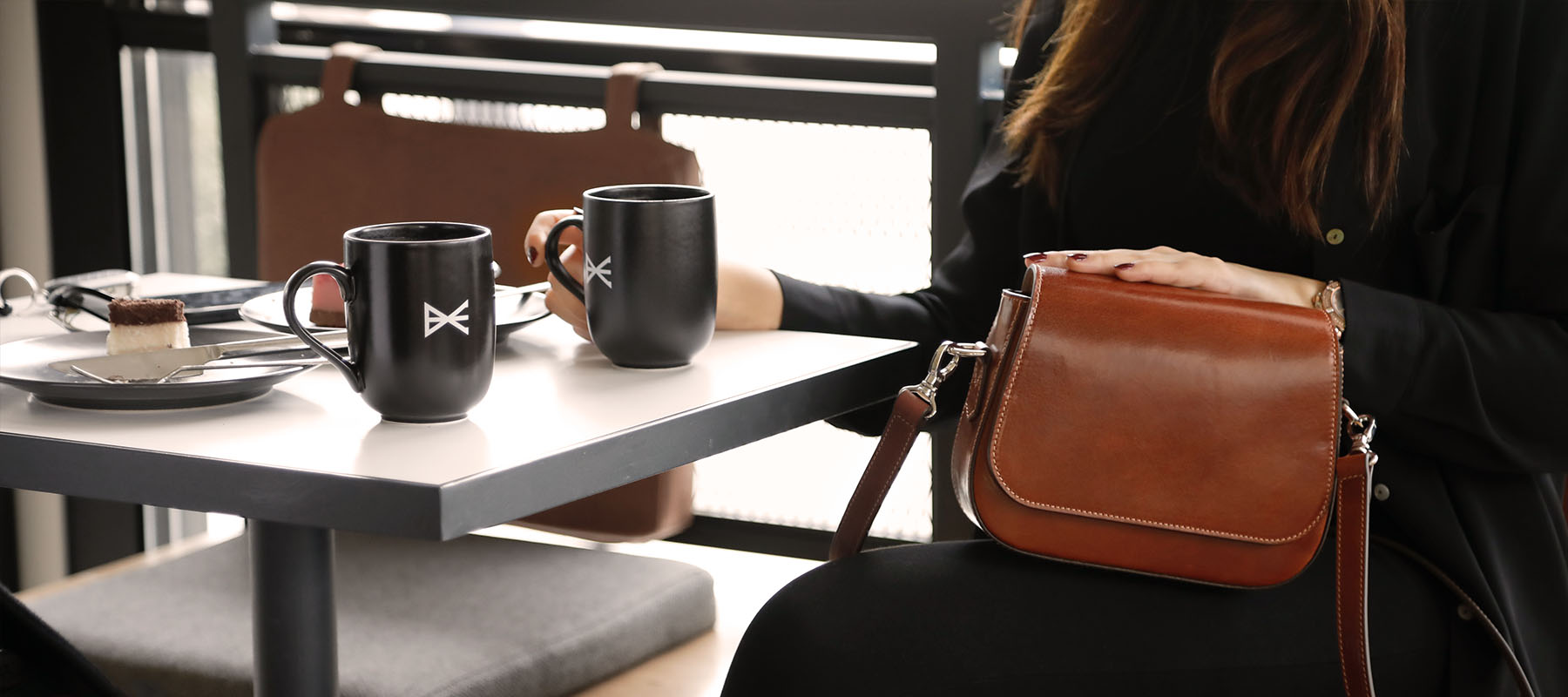
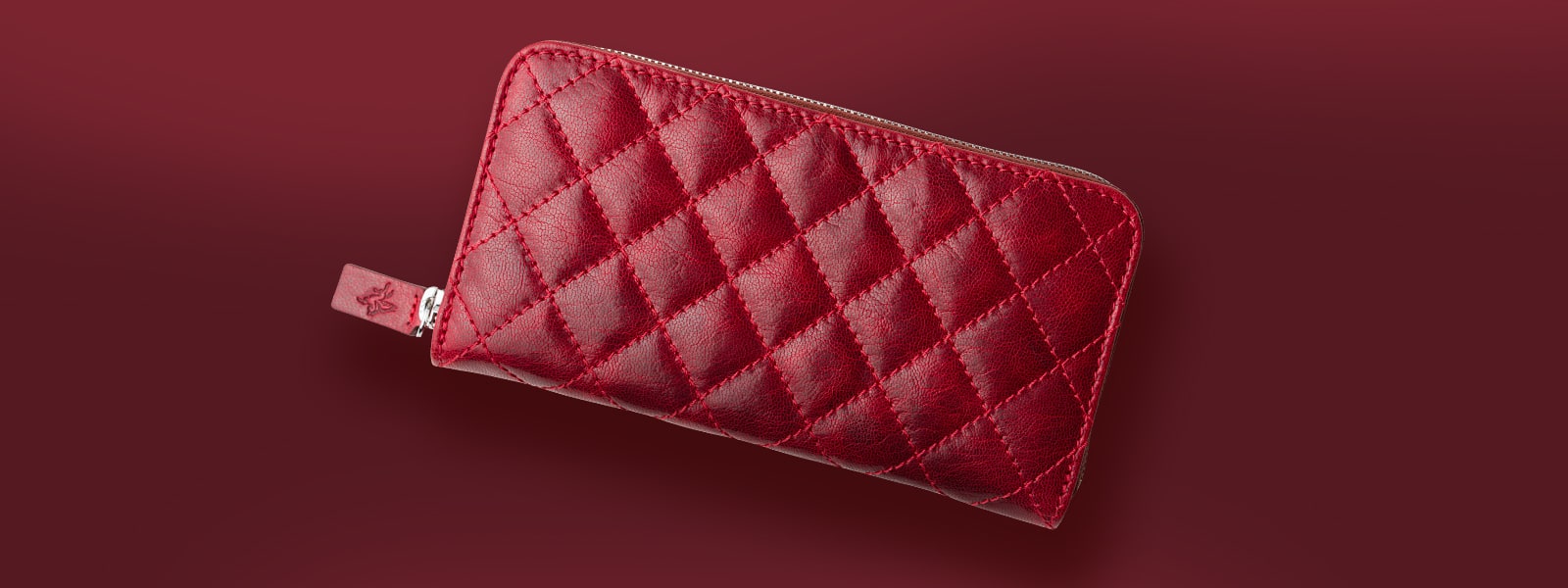
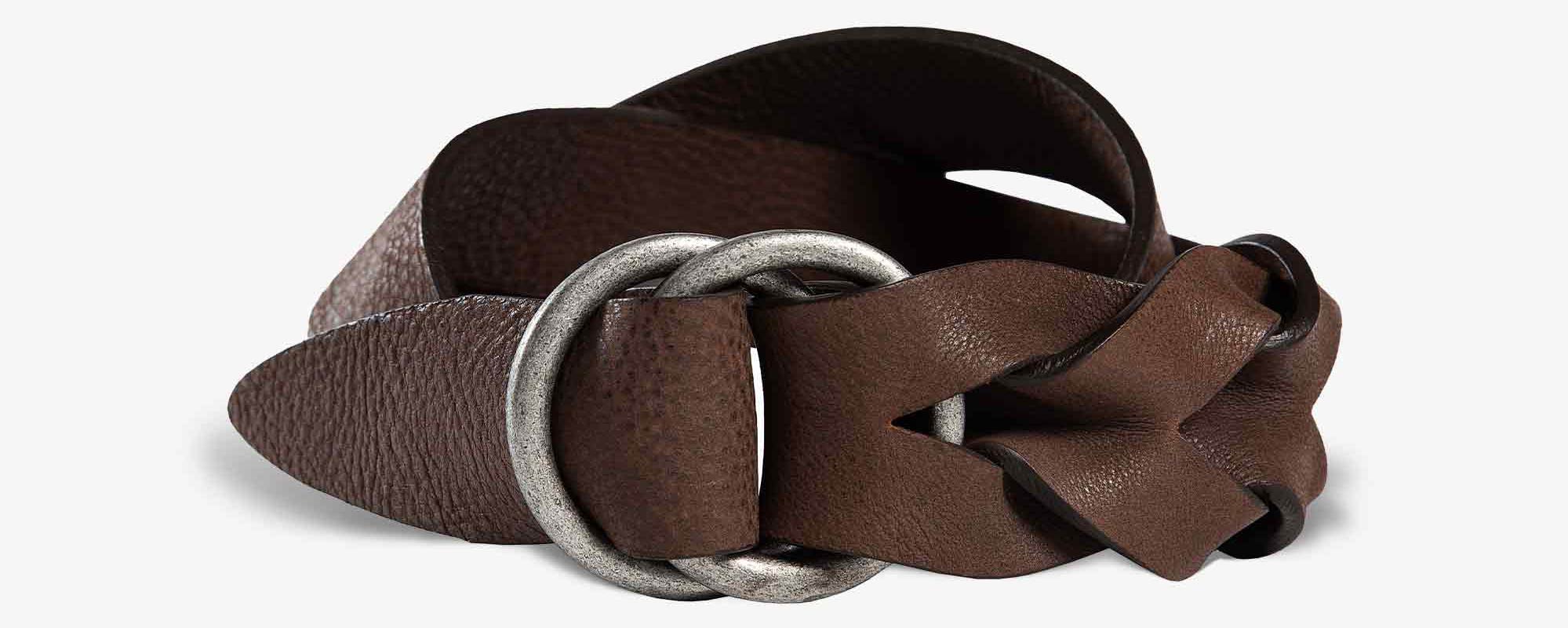
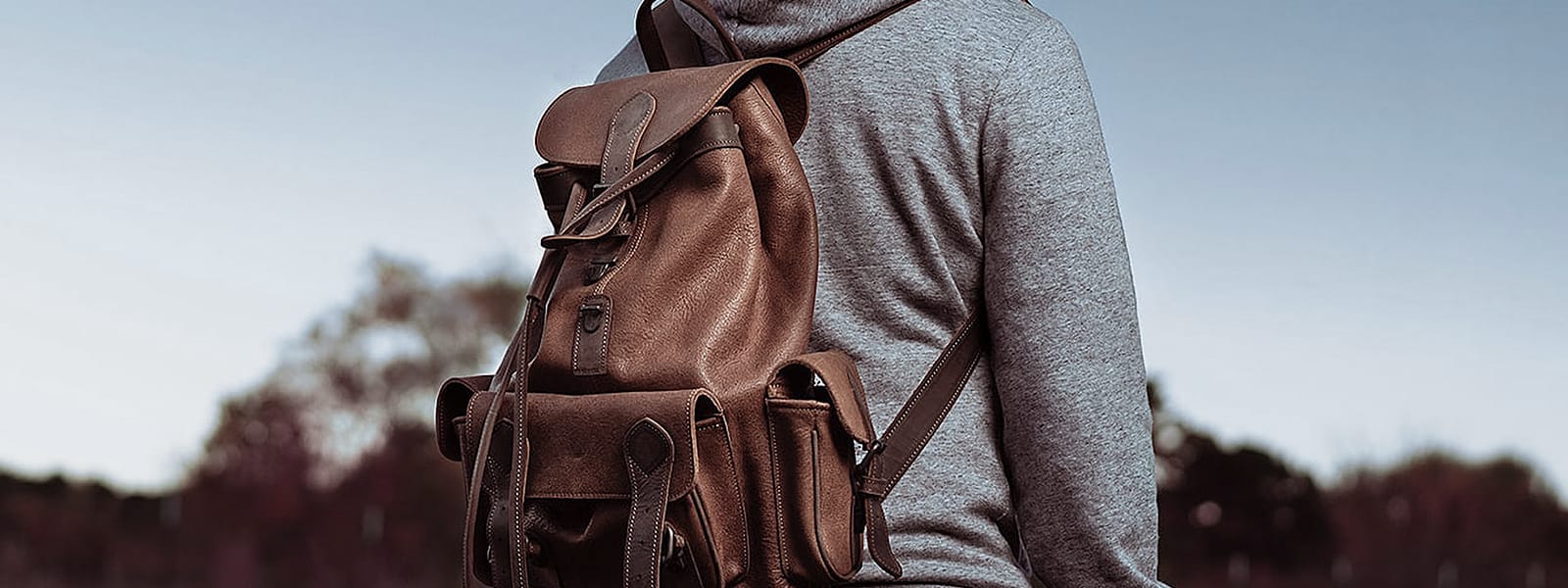
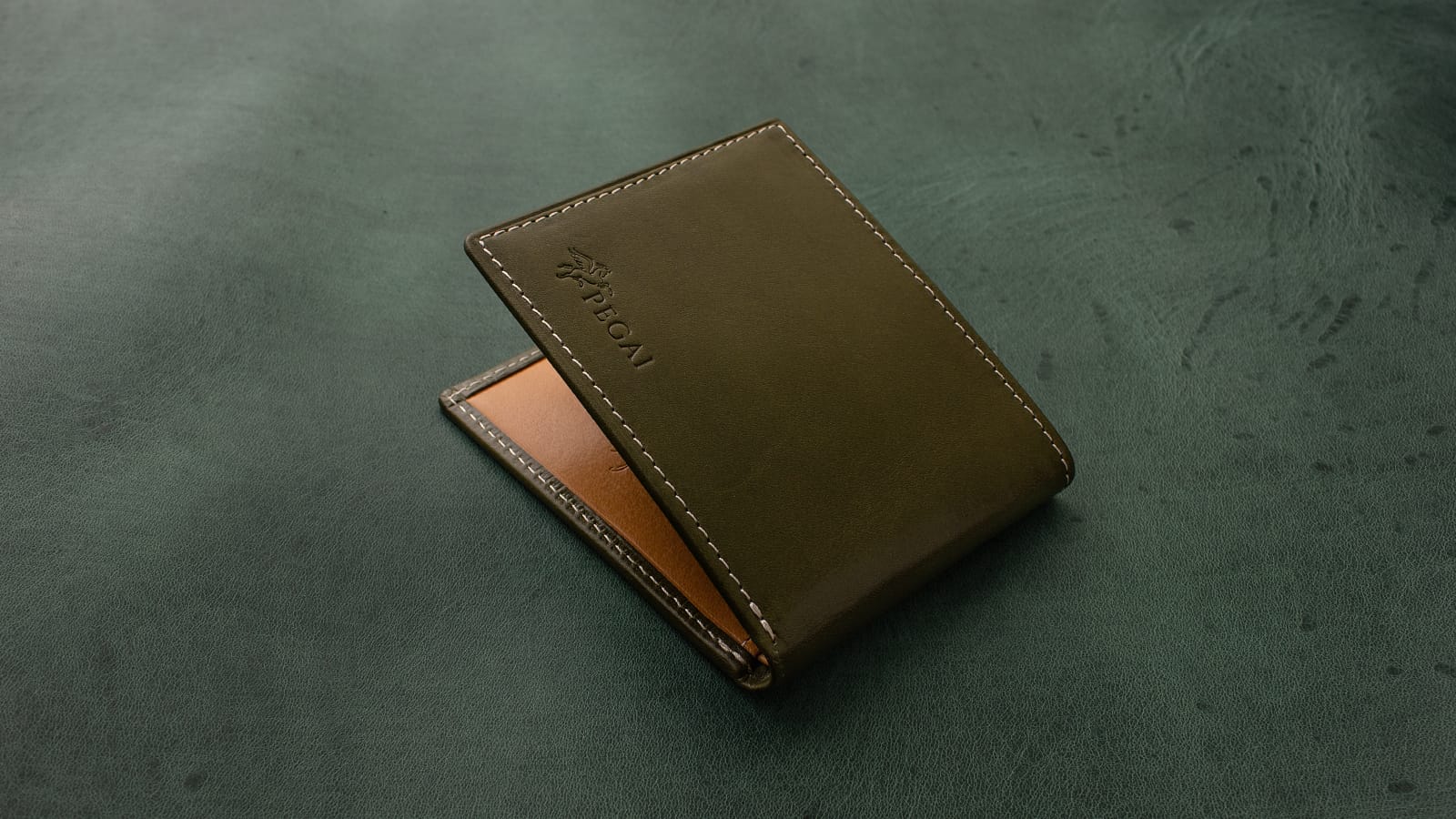
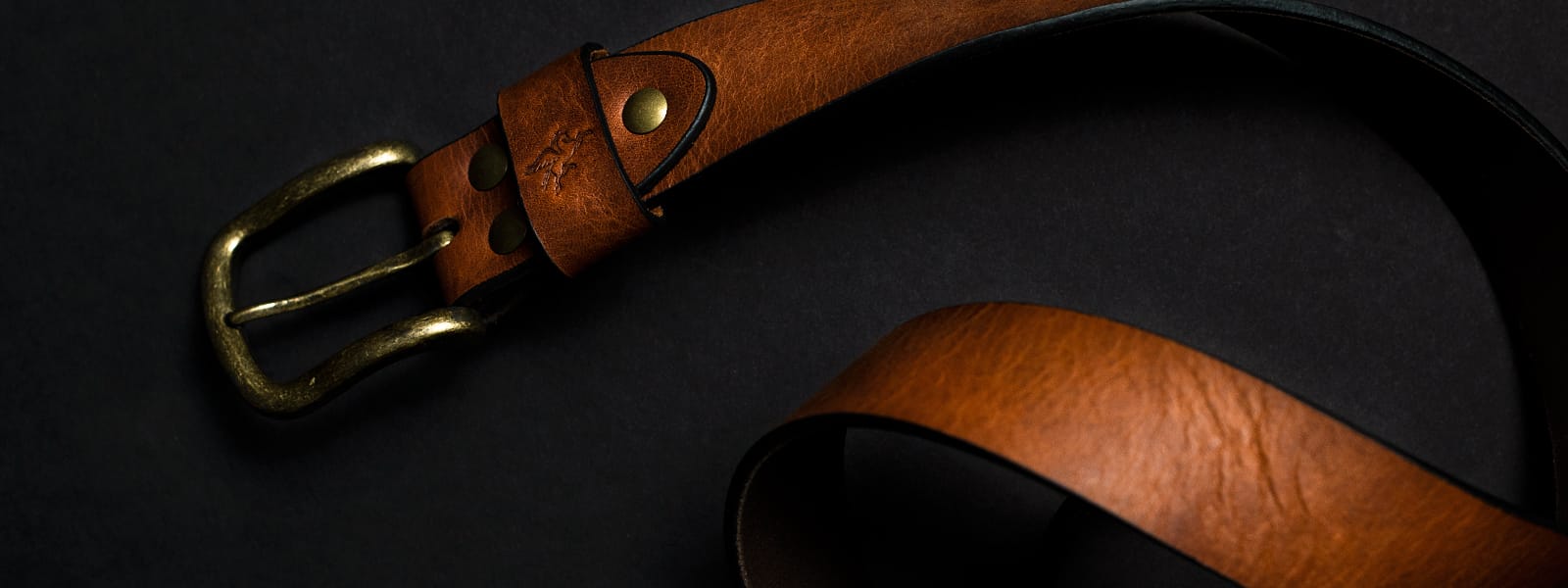

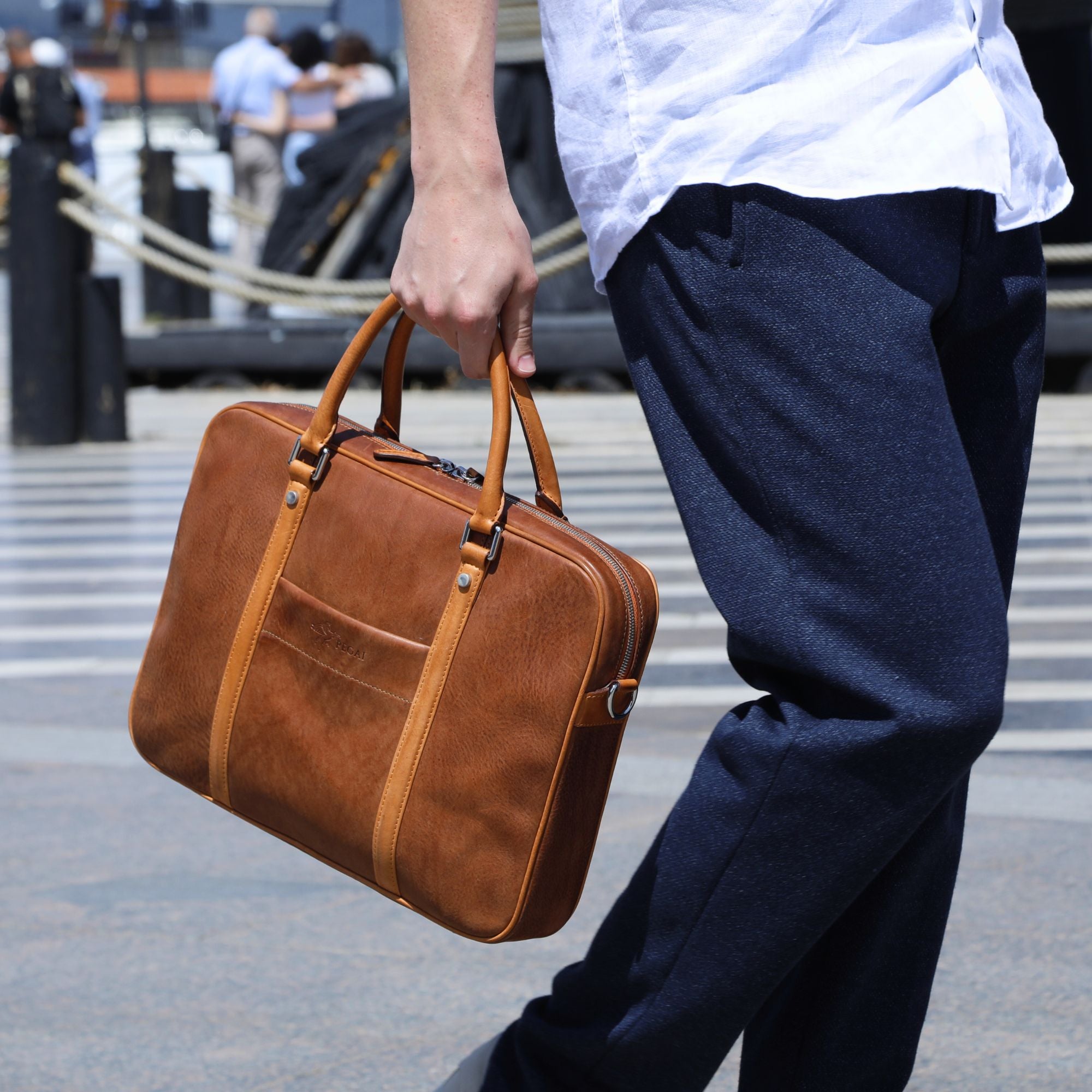
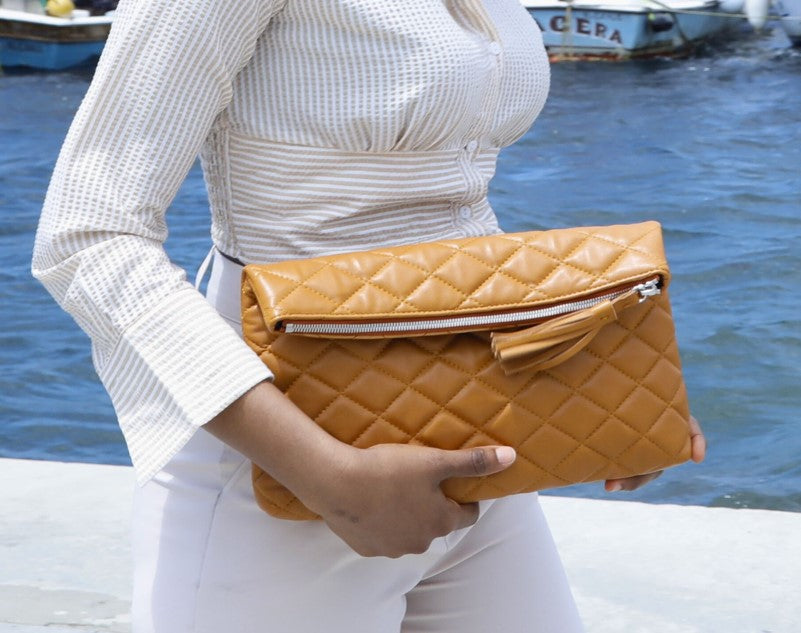
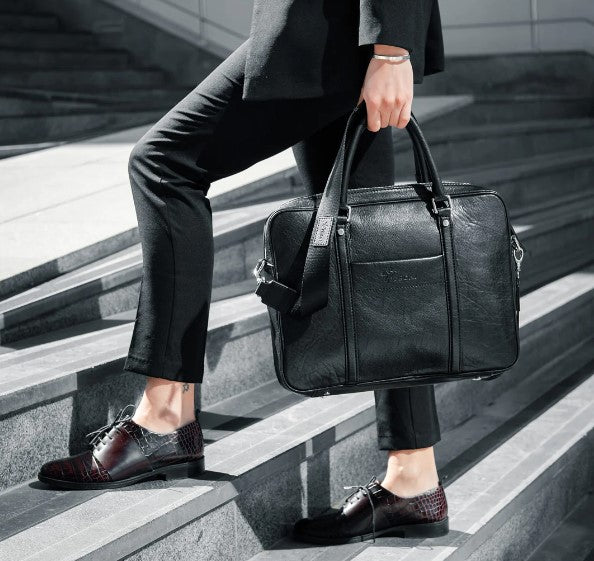
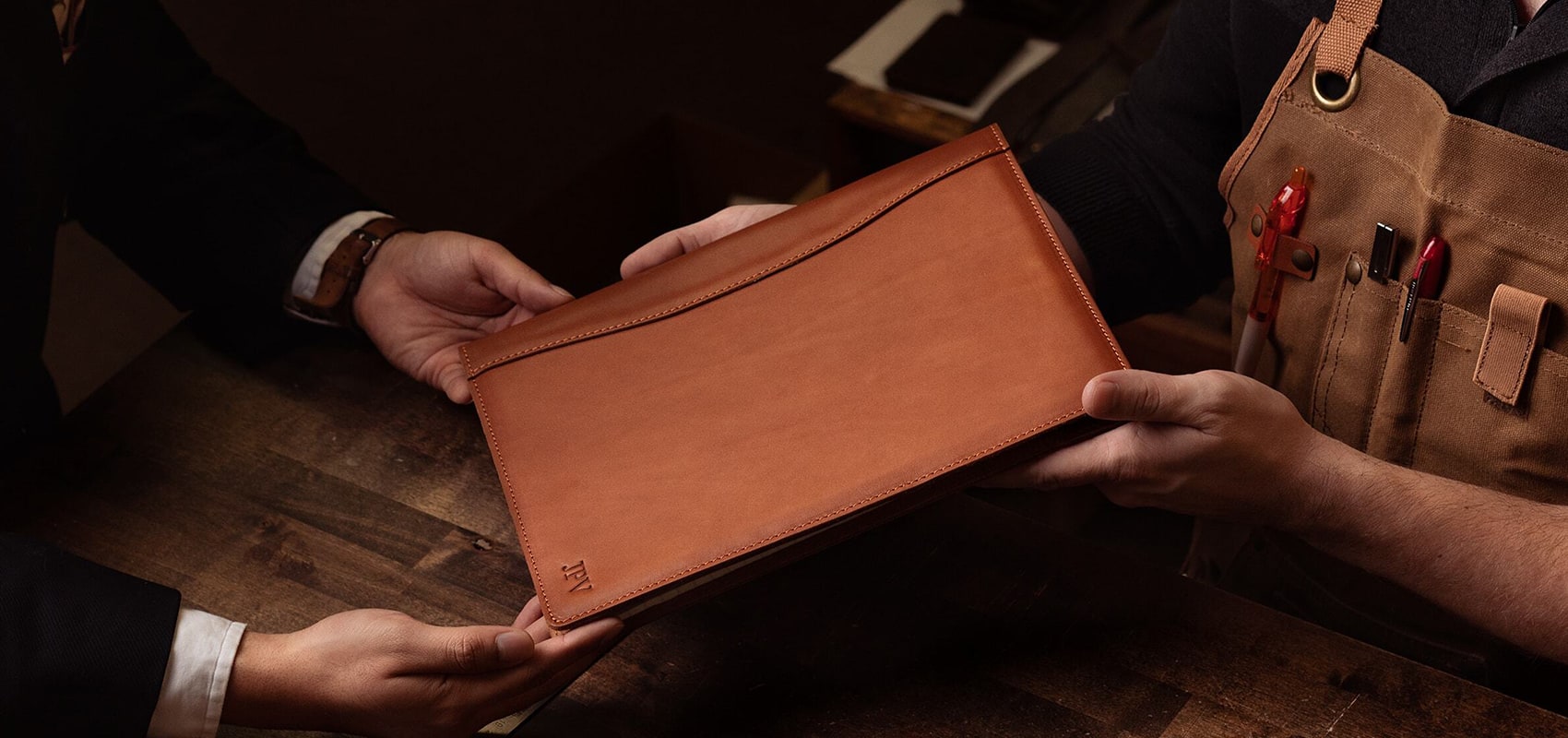
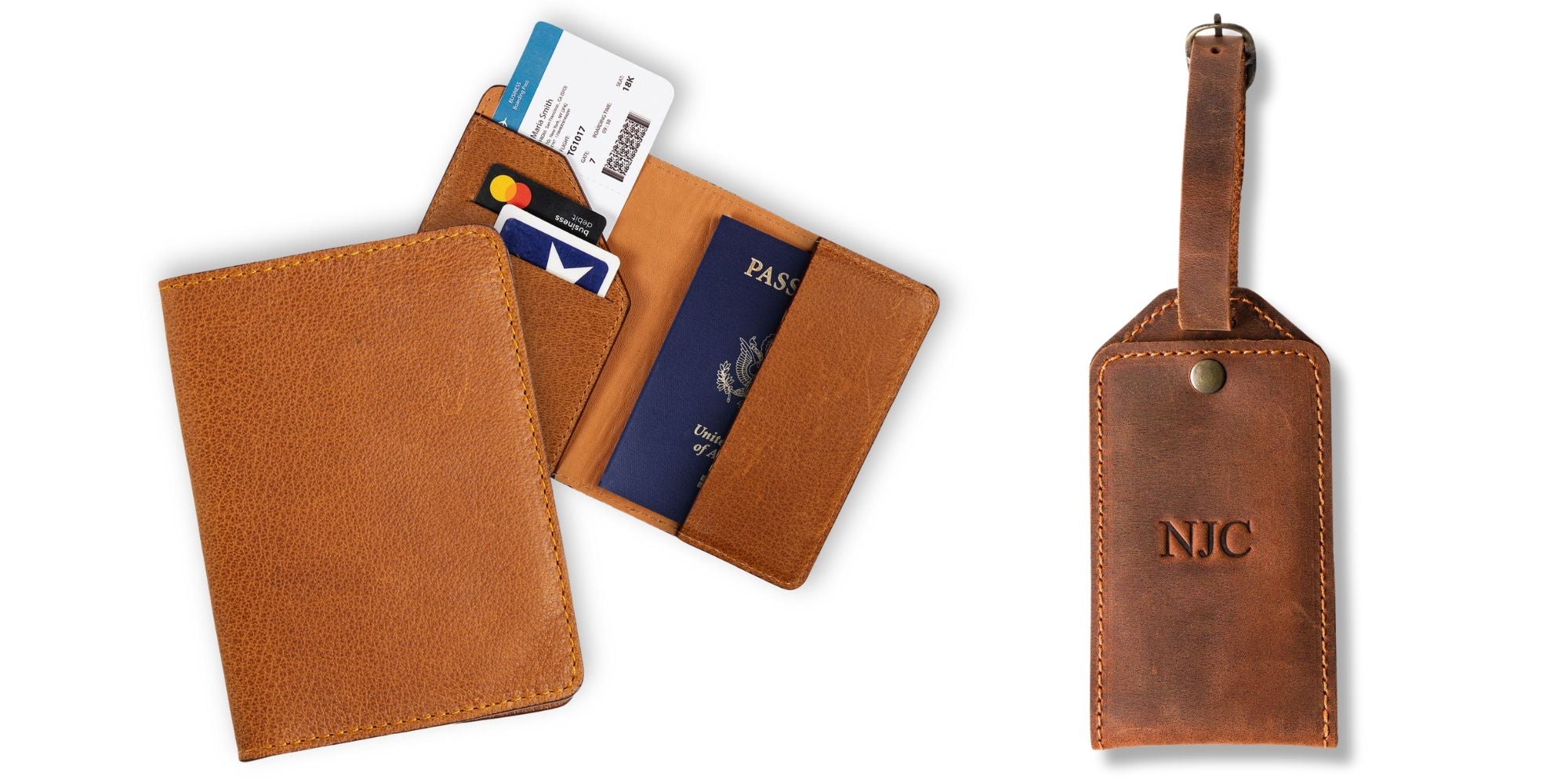
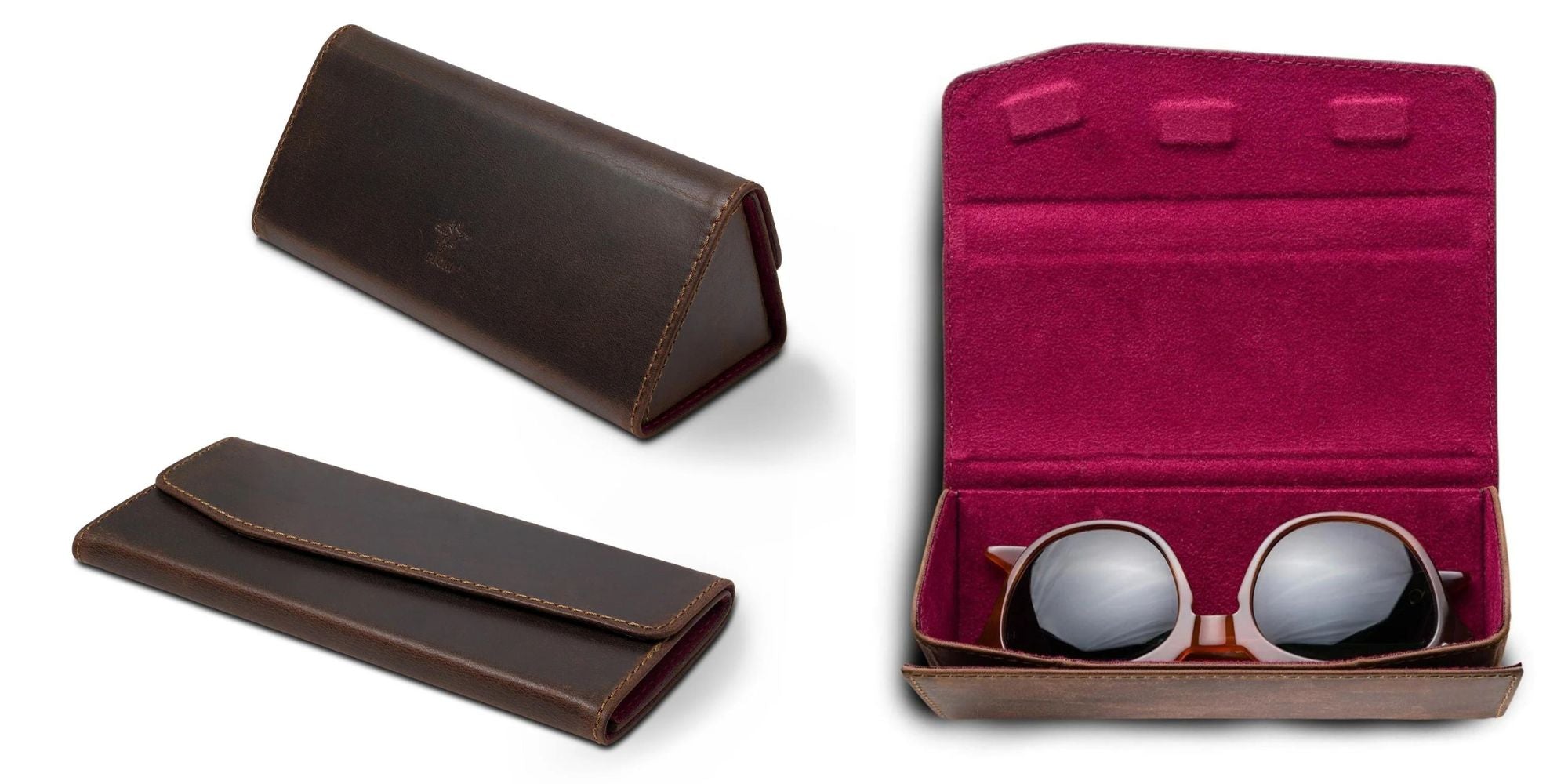
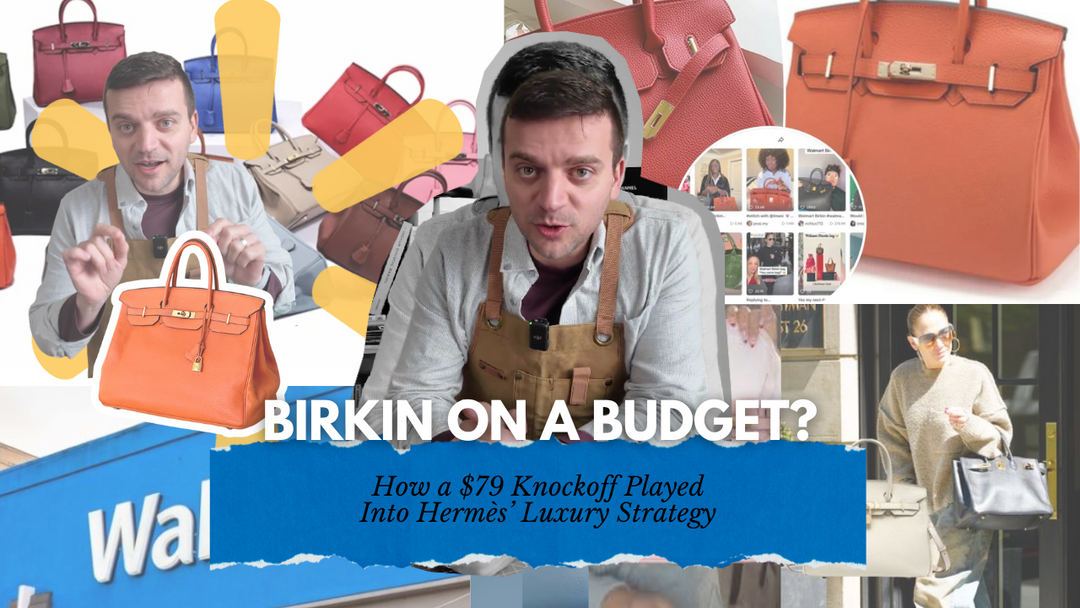
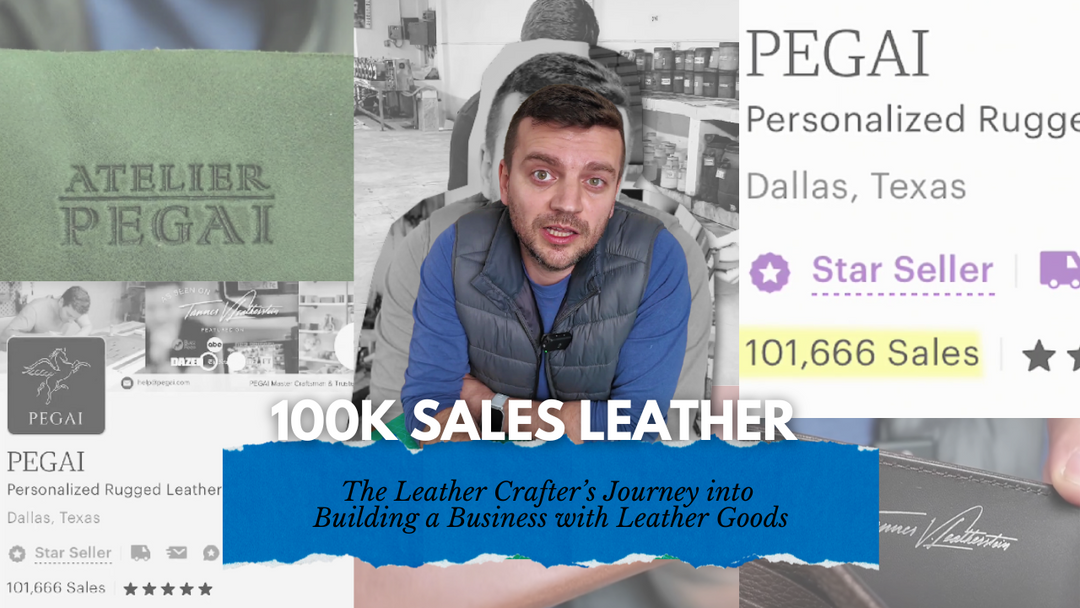
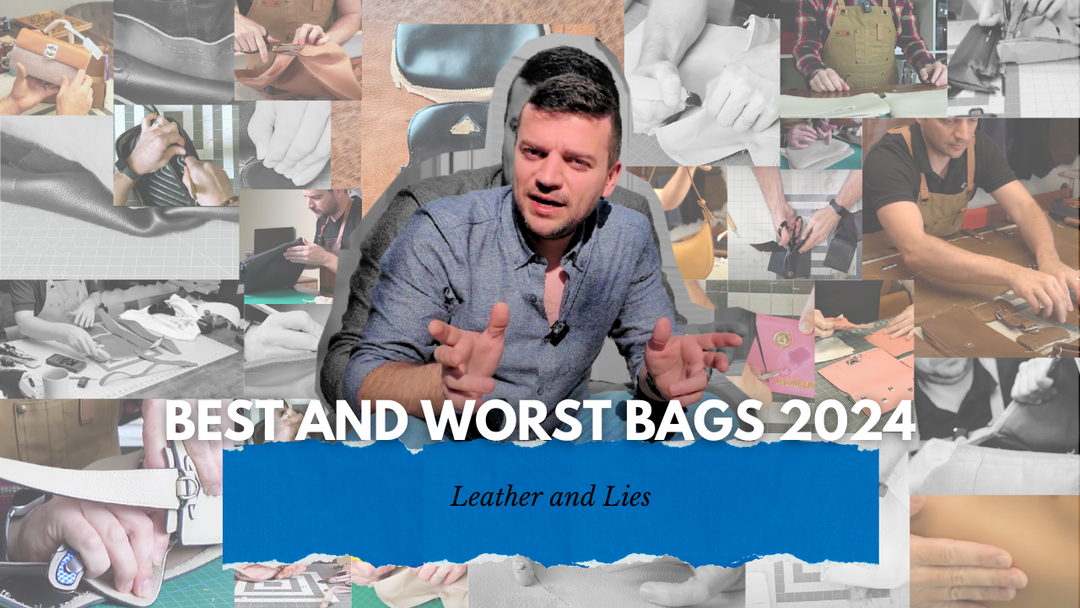
I love the small independent artisans, I have a small private business, where I purchase unique and exotic watch straps from independent watch strap makers. Thanks for what you do!
Leave a comment